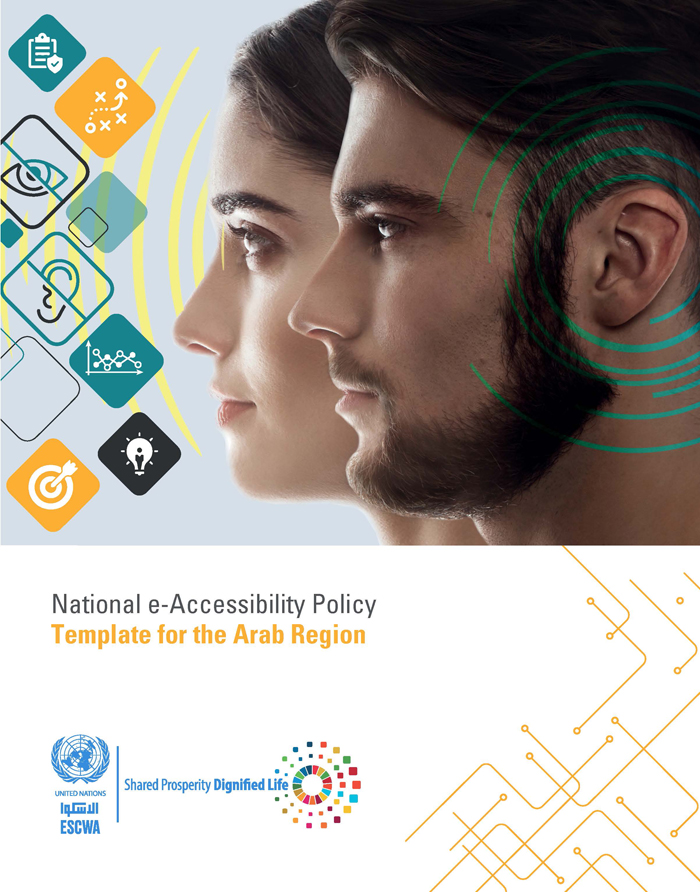Ms. Lize Denner, Associate Programme Management Officer, presented the ADIP online platform, its structure and main sections. She highlighted the resources page that can be considered as a hub, where user interested in information and knowledge related to disability can access it and select between ESCWA publications or Member State documents, which include policies, laws and regulations. She also highlighted the other sections, such as the IGED private space dedicated to IGED members to work together. Ms. Denner wrapped up her presentation by stating that the platform is completely accessible and has research facilities and keyword searches. She added that the team is ready to get any suggestions concerning this point. Finally, she mentioned that the platform is available in English and Arabic.
Ms. Sumaya Al Majthoob, Associate Social Affairs Officer, quickly focused more in her presentation on the IGED forum. She explained that the IGED is a group of communication between ESCWA member states and government authorities involved in the disability subjects. She stated that this space is reserved for these members who can use it only through user name and password. She shared the features of the forum, including the IGED forum, Events, and Documents. She also stated that the user can use the toolbar-integrated features, and can download documents, share events, make discussions related to IGED group, and add comments.
Ms. Zeina Assi, ESCWA Intern, presented the integrated toolbar for accessibility, which is an essential part of ADIP platform; it helps to provide easy access to functionality to a variety of aspects of the webpage. The most important feature added is the text-to-speech controls, so ADIP platform is fully accessible on any device, even if no screen reader is already installed. Ms. Assi described also the whole process behind making the ADIP fully accessible, including the content adaptation of all resources. In this context, she explained the approach adopted to add layers of headings, lists, alternative texts for images and tables to reach an accurate result. Then, she presented some examples and scenarios of alternative texts from a simple one to a more detailed one. She mentioned that ESCWA team developed many scenarios that were tested with people with disabilities, in order to select the best that meets the user’s expectations and needs.
Mr. Hasan Arous, ESCWA consultant, presented the interactive toolkits developed under the ADIP platform to facilitate the use of the ESCWA e-accessibility policy and technical templates. He highlighted the three policy toolkits that are National Policies Comparative Matrix Tool, Policy Maker Assistant Tool and Exercise Sheets Tool. Then he presented the different scenarios provide for the technical toolkits, including, Websites Minimum Critical Criteria Tool, Mobile Accessibility Tool, Public Access Terminals and Smart Cards Accessibility Tool and Procurement of ICT Products and Services Tool.


